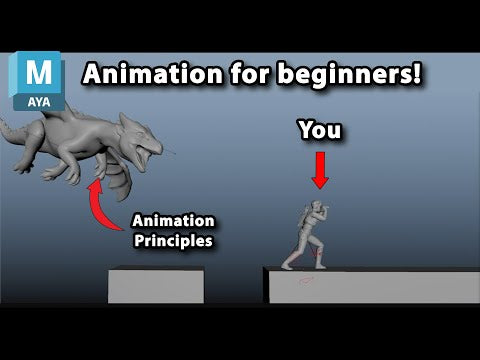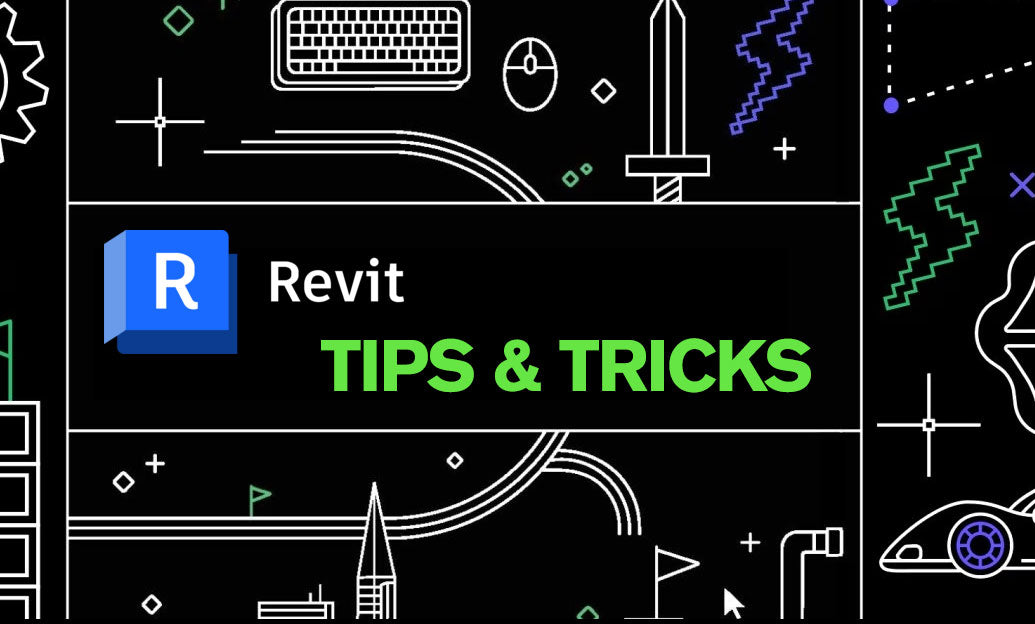Your Cart is Empty
Customer Testimonials
-
"Great customer service. The folks at Novedge were super helpful in navigating a somewhat complicated order including software upgrades and serial numbers in various stages of inactivity. They were friendly and helpful throughout the process.."
Ruben Ruckmark
"Quick & very helpful. We have been using Novedge for years and are very happy with their quick service when we need to make a purchase and excellent support resolving any issues."
Will Woodson
"Scott is the best. He reminds me about subscriptions dates, guides me in the correct direction for updates. He always responds promptly to me. He is literally the reason I continue to work with Novedge and will do so in the future."
Edward Mchugh
"Calvin Lok is “the man”. After my purchase of Sketchup 2021, he called me and provided step-by-step instructions to ease me through difficulties I was having with the setup of my new software."
Mike Borzage
Autodesk announces AI workflows for artists and producers at SIGGRAPH 2024
July 30, 2024 3 min read

From Autodesk News: Autodesk PR


Image courtesy of Shangyu Wang
Autodesk returns to SIGGRAPH, unveiling the latest advances in generative AI and cloud-enabled workflows that help artists focus on creativity and empower teams to be more efficient. Delivering on a longstanding commitment to provide creatives with innovative, time-saving solutions, Autodesk announced the release of Flow Generative Scheduling and a host of new AI capabilities in Maya and Flame. These solutions and more will be showcased as part of the Autodesk Vision Series educational sessions and demonstrated at the Autodesk booth #409 at SIGGRAPH.
AI-powered Flow Generative Scheduling streamlines production planning workflows
Flow Generative Scheduling accelerates the creation of production schedules with constantly shifting project variables like deadlines, budgets, and team availability.
Powered by Autodesk AI, Flow Generative Scheduling is designed to help keep projects running smoothly. In a fraction of the time previously required, teams can now compare multiple schedule scenarios, evaluate tradeoffs, and create resource-optimized and balanced schedules for even the most complex projects.
Whether planning for an upcoming show or responding to changes in real time, Flow Generative Scheduling enables teams to make critical decisions faster and gives creatives the freedom and insights to deliver their best work on time and on budget. Flow Generative Scheduling can be accessed via Flow Production Tracking (formerly ShotGrid) for a tightly integrated collaborative workflow.
“For years, Flow Production Tracking has been the de facto connective tissue for VFX workflows. We’re thrilled to bring Flow Generative Scheduling to help our customers plan and run projects more efficiently,” said Mimi Hoang, Vice President of Production Management & Platform at Autodesk. “Being able to evaluate different scenarios without impacting a live project, and then publishing a revised schedule directly into Flow Production Tracking is a game changer for creative teams.”

AI-powered Flow Generative Scheduling accelerates production planning workflows.
New features boost creative workflows for artists
To help creatives address the challenges presented by today’s dynamic production environment–from growing complexity to ever-shifting deadlines and audience expectations–Autodesk continues to explore the power of AI to accelerate and augment artist workflows. New features coming to Maya and Flame come on the heels of Autodesk’s recent acquisition of Wonder Dynamics, makers of Wonder Studio, a solution which combines AI with established tools to help artists more easily animate, light, and compose 3D characters within live-action scenes.
“Artist’s time is the most valuable resource for our customers. Being able to bring them AI tools to augment their creative process unlocks a host of new possibilities,” said Eric Bourque, VP Content Creation, Media & Entertainment at Autodesk. “They can spend more time iterating on their creative ideas, and less time on repetitive tasks.”
Maya’s new ML Deformer enables artists to work with complex characters for animation, VFX, and games projects. The tool processes complex deformation systems and represents them with a fast, machine-learned approximation. For example, if you have a character with a complex deformation system that runs slowly, Maya can train to represent that deformation system using ML Deformer. Artists can then use this fast representation to work more interactively and switch back to the original for final polish or render.

New Maya ML Deformer enables artists to work more interactively with complex characters.
Flame’s AI toolset continues to grow with ML Timewarp, a new mode that generates an intermediate frame between two frames in a shot for retiming of clips. Users will benefit not only from high-quality renders, but also from a fully integrated tool that maximizes their workstation’s hardware, eliminating costly file transfer workflows across multiple tools. For the most demanding workloads, this new mode can also be queued to render with remote systems via Autodesk Burn.
In addition to these new features, the latest versions of Autodesk Maya and 3ds Max, with increased support for open standards and improved modeling, animation, simulation, look development, and enhanced rendering capabilities, will be demonstrated at the Autodesk booth.
You can hear more about these exciting updates in the Autodesk Vision Series at SIGGRAPH featuring presentations from world-leading studios, including Rising Sun Pictures, Rodeo FX, Cinesite, Dexter Studios, Weta FX, Crafty Apes, and Fin Design + Effects, alongside Autodesk M&E subject matter experts. This year’s Vision Series sessions will delve into the latest AI advances amplifying creativity at studios, how open connected workflows are the industry’s path forward, and the making of this year’s biggest blockbuster movies.
The Vision Series runs July 30-31, from 10 AM to 4:45 PM MDT in Room 401 at the Colorado Convention Center. For more information about Autodesk’s presence at SIGGRAPH and Vision Series programming, go here.

Browse Autodesk Products
The world's leading innovator of 2D and 3D graphics technology
Also in Design News

Animation for Beginners - Part 2: 12 Animation Principles you NEED to know
January 14, 2025 1 min read
Read More
ZBrush Tip: Enhancing 3D Model Precision with ZBrush's TrimCurve Tool
January 14, 2025 2 min read
Read More
Revit Tip: Utilizing Design Phases to Enhance Revit Project Efficiency and Collaboration
January 14, 2025 1 min read
Read MoreSubscribe
Sign up to get the latest on sales, new releases and more …


